Industry and Trade sector affirms its pivotal role
- Sir, recently, the Ministry of Industry and Trade has implemented many trade development programs in mountainous, remote, border and island areas. How do you evaluate the impact of these programs on the economic and social restructuring of these special areas?
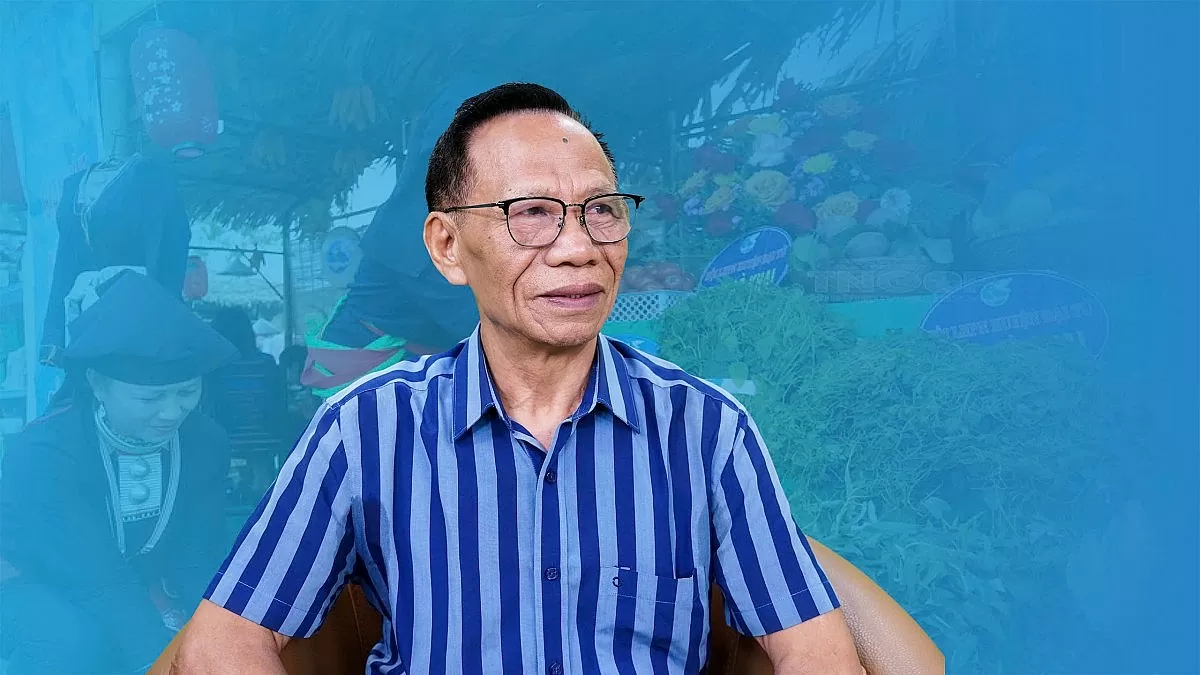 |
| Agricultural expert Hoang Trong Thuy |
Expert Hoang Trong Thuy: First of all, it should be emphasized that in recent times, the Ministry of Industry and Trade has made great contributions to the development of a policy framework for production and trade development in specific areas such as mountainous areas, remote areas, border areas and islands. Thanks to policies as well as preferential production capital support for enterprises and cooperatives in these areas, production and trade activities in these areas have improved a lot. In recent years, the Industry and Trade sector has played a key role in organizing production, circulation and distribution, contributing to increasing income for people in mountainous areas, remote areas, border areas and islands, especially in districts and communes with special difficulties.
A special point is that the Ministry of Industry and Trade has contributed to the rotation of agricultural policy: from traditional production to production linked to the market, especially the export market. Thanks to the direct participation of the Ministry of Industry and Trade, many highland products such as coffee, fruit trees, and medicinal herbs have reached more than 150 international markets. Currently, major agricultural products have become key export products with turnover exceeding that of rice, an item that used to be the pride of Vietnam's exports. In the structure of agricultural product exports, a large part of the goods are located in the above mentioned areas.
Currently, Vietnam has signed and implemented many FTAs. These FTAs are the key to opening the market for Vietnamese agricultural products in general and agricultural products in disadvantaged areas in particular. However, in order to export goods to FTA markets and enjoy preferential taxes, goods must ensure that they meet market requirements. Therefore, it can be affirmed that the successful negotiation and signing of bilateral and multilateral FTAs, in which the role of the Ministry of Industry and Trade in the negotiation is very important, has helped to change production thinking, improve the quality of products in disadvantaged areas, and bring products to the market.
The Ministry of Industry and Trade has participated very early and comprehensively in the agricultural value chain - from production, processing, consumption to trade promotion. First of all, it is the capacity to negotiate market opening. The Ministry of Industry and Trade has proactively negotiated and signed many FTAs with the Government , putting highland agricultural products on the conditional export roadmap.
Second, is the ability to standardize. The technical criteria of the market have been specifically conveyed by the Ministry to cooperatives and people through the system of fairs, training, and connections, thereby promoting standard production.
Third is digital transformation: The Ministry promotes traceability, puts products on e-commerce platforms, and facilitates online sales through platforms such as TikTok, livestream, and national e-commerce platforms.
Such a synchronous presence allows for the formation of a modern agricultural market ecosystem, something that the agricultural sector could not do alone before.
Bringing mountain goods into the distribution system is a big step forward.
- In your opinion, how has the Industry and Trade sector contributed to implementing production support projects, developing value chains and bringing products of mountainous people into the distribution system of the domestic market, sir?
Expert Hoang Trong Thuy: Bringing highland agricultural products into the domestic retail distribution chain is a big step forward. The Ministry of Industry and Trade has clearly formed two channels: high-end market (supermarkets, shopping malls, urban customers) and people's market (rural areas, traditional markets). Both are synchronously supported by the Ministry of Industry and Trade.
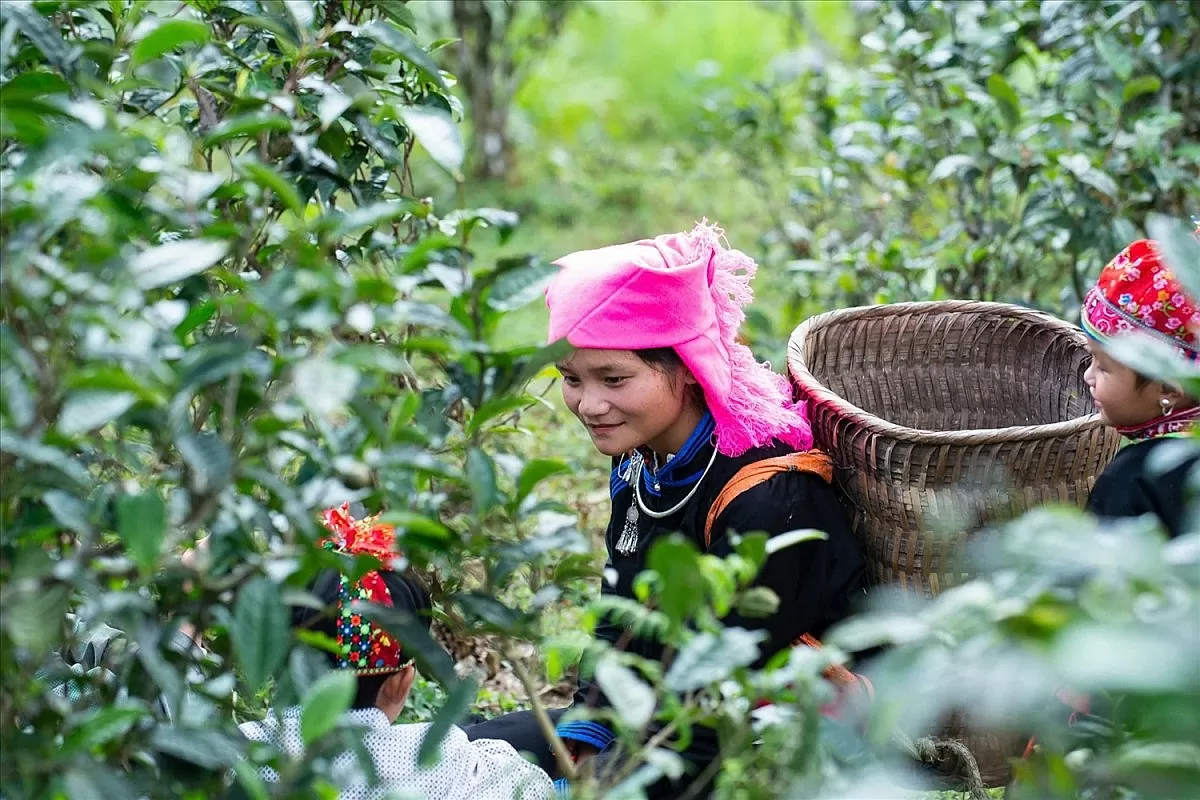 |
| The Industry and Trade sector has contributed to solving the output problem for agricultural products in the highlands (Illustration photo) |
To put it simply, in the past, if you wanted to eat wild honey from Ha Giang or mushrooms from Cao Bang, you had to go to those localities to buy them. However, nowadays, most of the highland products have appeared in the distribution channels of the lowlands such as markets and supermarkets. The Ministry of Industry and Trade also supports localities in building OCOP points of sale and Vietnamese points of sale in difficult areas to diversify the output of highland products. Even at the markets, it is easy to find fresh highland agricultural products at competitive prices.
In particular, in recent years, e-commerce and online sales are creating a new “ground” for highland agricultural products: more transparent, more accessible, consumers can compare and choose. It is a shift from selling to branding, from consumption to building market trust. The role of the Ministry of Industry and Trade in creating this distribution system is extremely clear.
Need to focus on building a sustainable market ecosystem
- From the achieved results, in your opinion, what solutions should the Industry and Trade sector prioritize to continue promoting the effectiveness of the trade development program in mountainous areas, remote areas, border and island areas?
Expert Hoang Trong Thuy: I think that in the coming period, the Industry and Trade sector needs to change its thinking: not just "pull" goods to the market, but also create a sustainable market ecosystem for highland agricultural products. To do so, 5 groups of solutions are needed:
First, thoroughly transform digitally, especially building a national database on production, prices, and markets. Data must be correct, sufficient, clean, and “alive”, meaning continuously updated.
Second, re-establish the distribution system from the highlands to the cities, reduce intermediary levels, and increase value for farmers.
Third, develop logistics for mountainous agricultural products from warehousing, preservation, packaging, and transportation. Currently, this is still a major bottleneck that makes it difficult for mountainous agricultural products to compete in terms of cost and quality.
Fourth, reform administrative procedures in trade, especially export procedures, quarantine, and quality certification. Information must be clear, transparent, and save time and costs.
Fifth, enhance market information for farmers and cooperatives. Quickly update changes in technical standards, consumer tastes and trade barriers.
Need a "conductor" to keep the rhythm of the connection
- To sustainably develop this special area, the role of the Industry and Trade sector alone is not enough. Based on your experience, what conditions are needed to link the three parties more practically and sustainably?
Expert Hoang Trong Thuy: I think that the three-party alliance including the State, businesses, and farmers cannot be formed naturally but requires a “conductor” who understands the market well enough, has the ability to coordinate, has the tools and voice to unite the parties. That is none other than the Ministry of Industry and Trade.
If there is a specific ordering mechanism for businesses to invest in raw material areas, the State supports infrastructure, and farmers organize production according to standards, then we will have a complete value chain. The Ministry of Industry and Trade can completely stand up to connect, monitor, evaluate and promote such models.
In addition, it is necessary to form a “core” business force, similar to the role of Viettel in telecommunications, or Vinamilk in livestock farming. They will lead and invest in difficult areas, and have a long-term relationship with farmers. Contract mechanisms, risk sharing and benefit distribution must be clear so that businesses have the motivation to invest effectively in difficult areas.
Furthermore, agricultural logistics, especially in disadvantaged areas, is still a weakness. To solve the weakness of logistics, not only the role of the Ministry of Industry and Trade but also many other ministries and sectors is needed.
Thank you!
| Not only physical stores, thanks in part to the connection of the Ministry of Industry and Trade, e-commerce is becoming the "largest market" for agricultural products in the mountainous region. Highland stalls on Shopee, Sendo, nongsan.buudien.vn... help cooperatives in Mu Cang Chai, Bac Me, Dak Glei... sell directly to consumers in Da Nang, Can Tho, Ho Chi Minh City. |
Source: https://congthuong.vn/nganh-cong-thuong-gop-phan-giai-bai-toan-dau-ra-cho-nong-san-vung-cao-390485.html


![[Photo] General Secretary To Lam presents the First Class Labor Medal to the Vietnam National Energy and Industry Group](https://vphoto.vietnam.vn/thumb/1200x675/vietnam/resource/IMAGE/2025/9/21/0ad2d50e1c274a55a3736500c5f262e5)



![[Photo] General Secretary To Lam attends the 50th anniversary of the founding of the Vietnam National Industry and Energy Group](https://vphoto.vietnam.vn/thumb/1200x675/vietnam/resource/IMAGE/2025/9/21/bb0920727d8f437887016d196b350dbf)




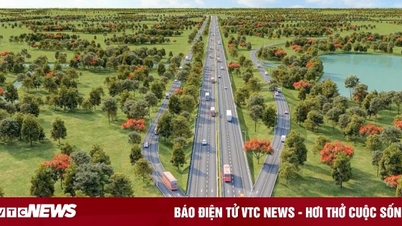




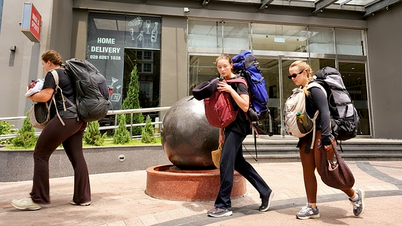




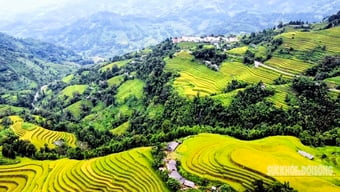

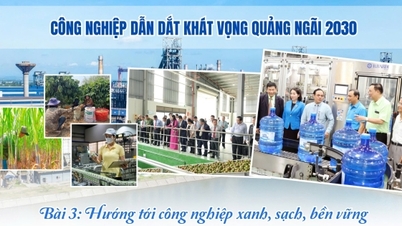
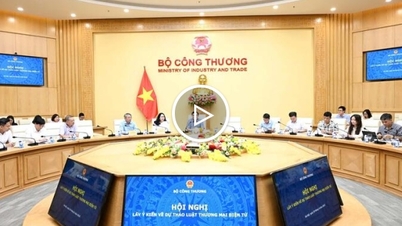

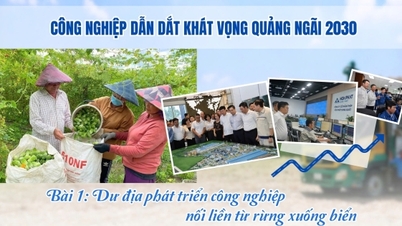
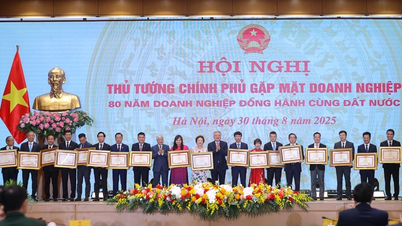





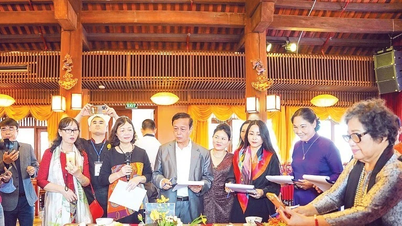








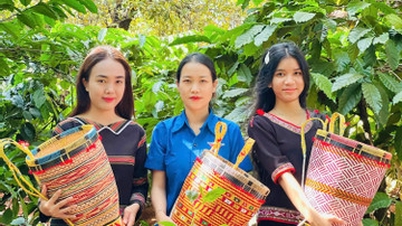

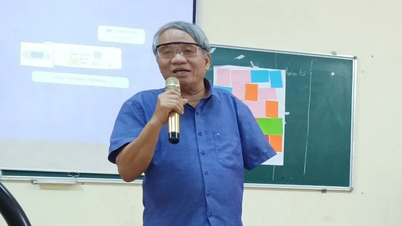










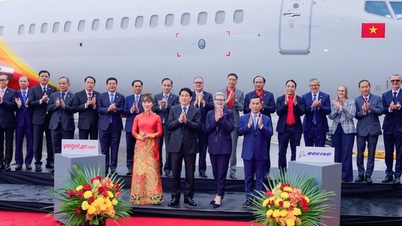











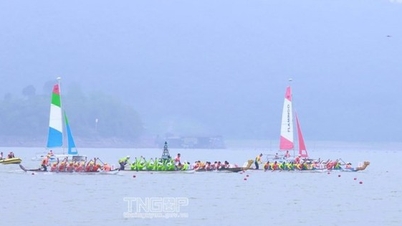

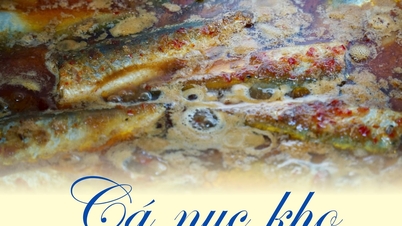


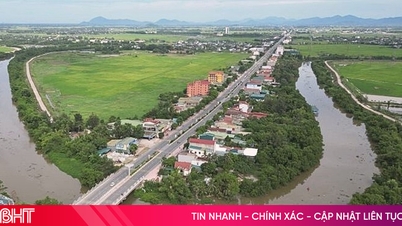



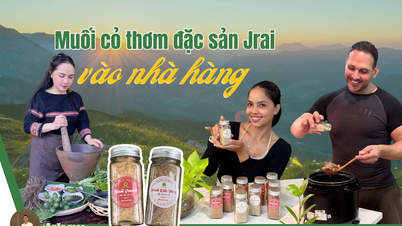



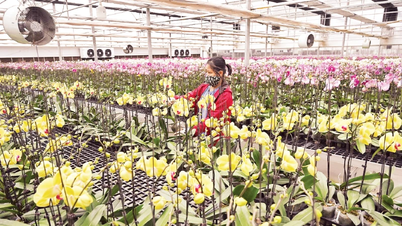








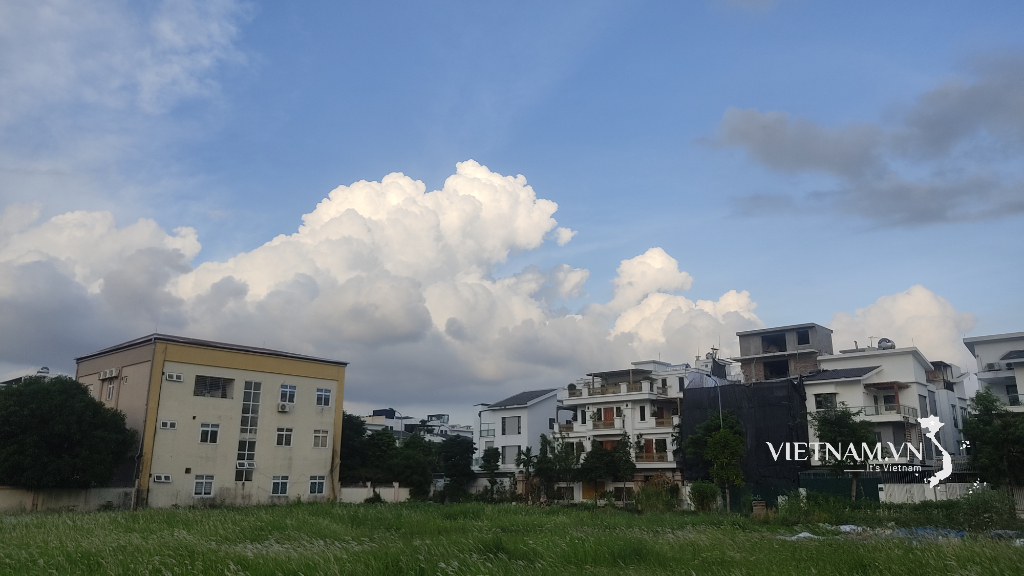



Comment (0)